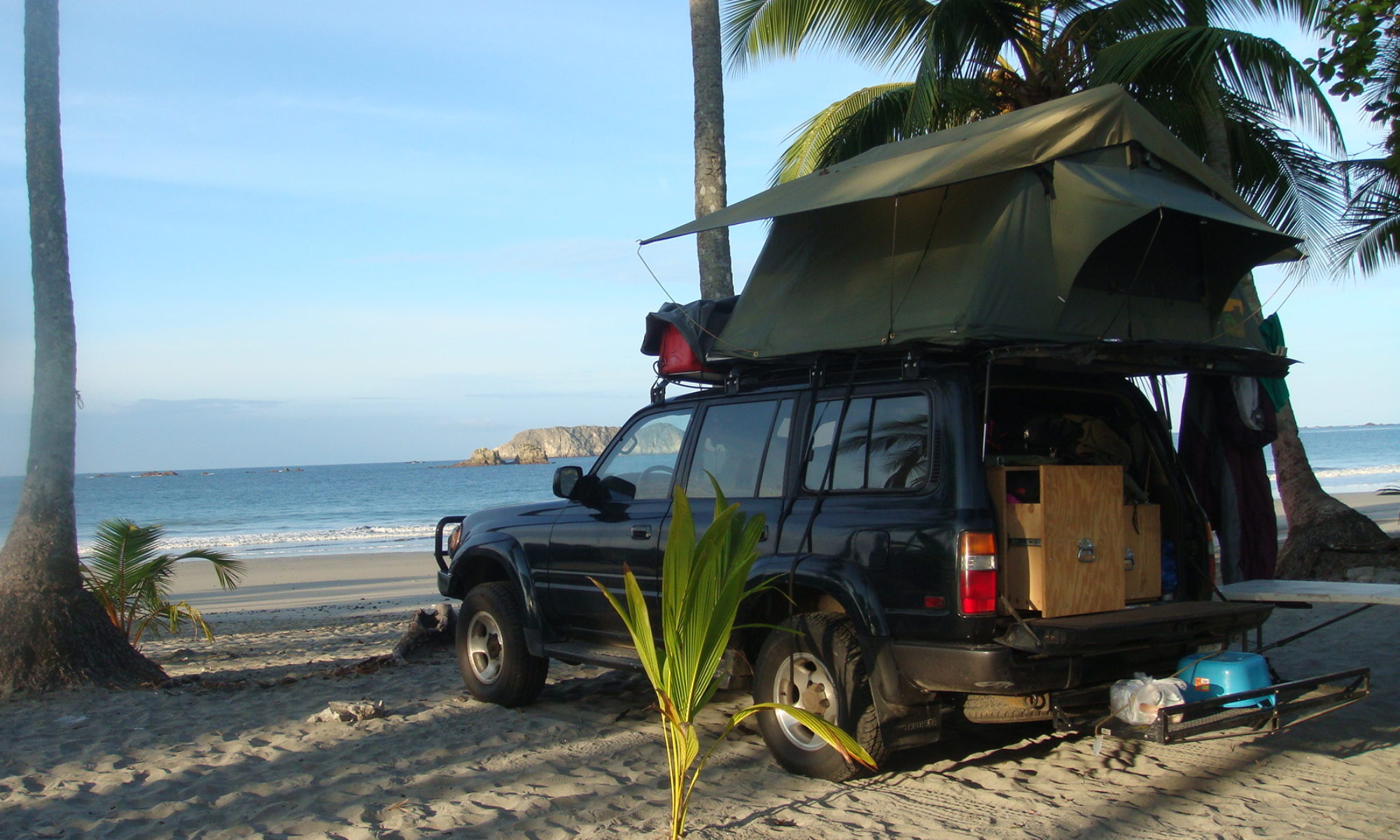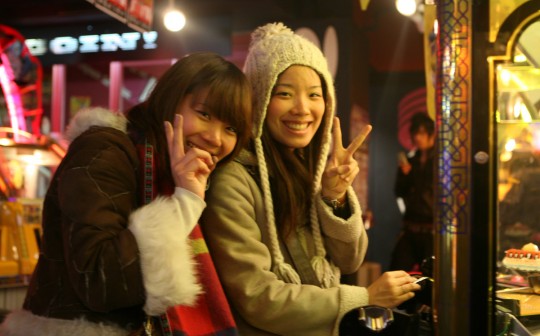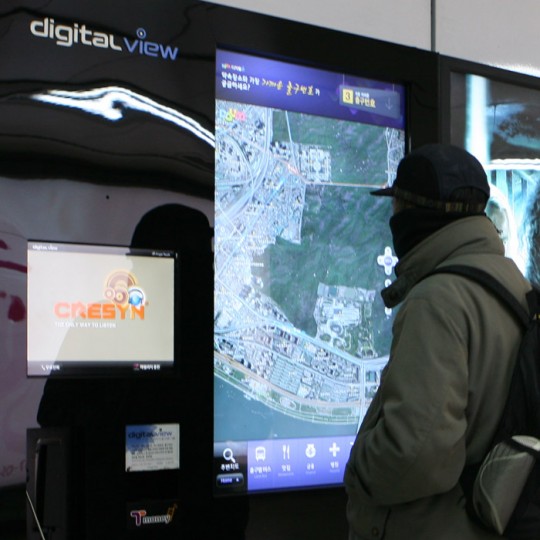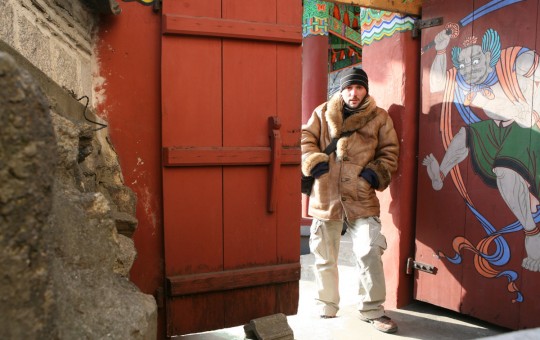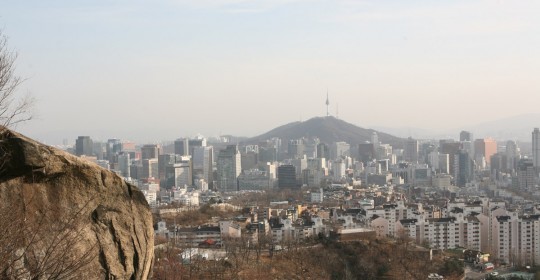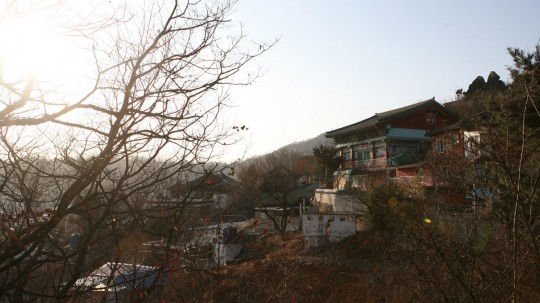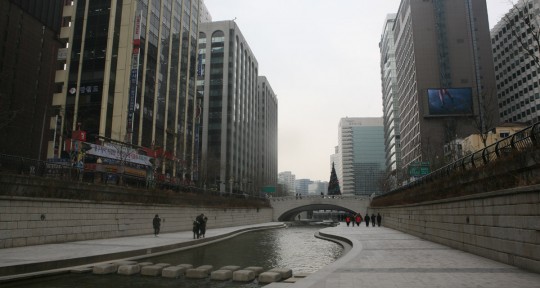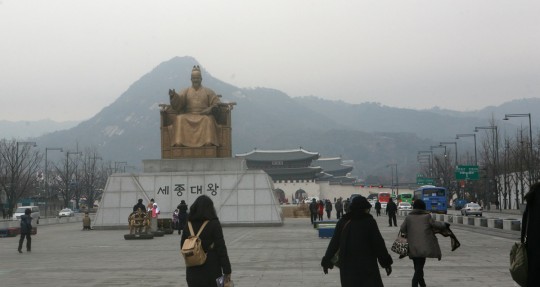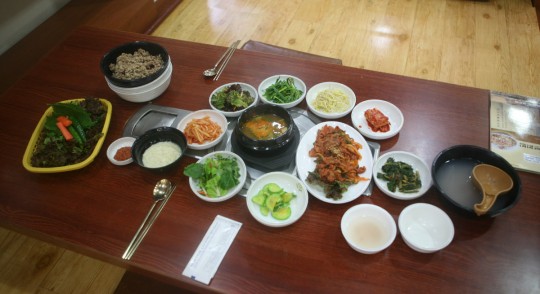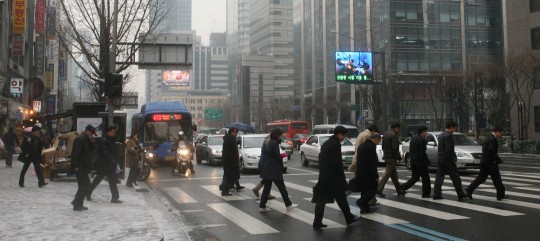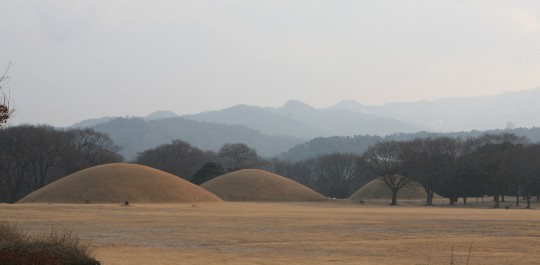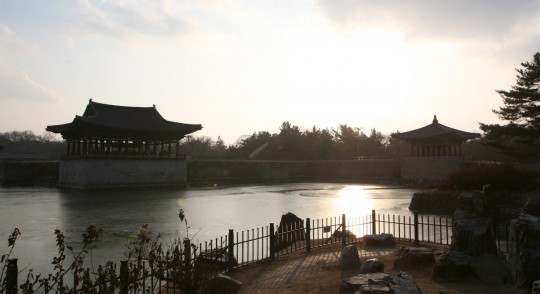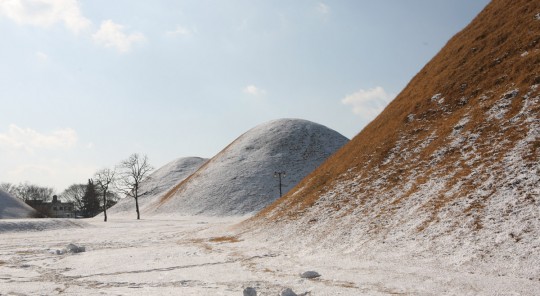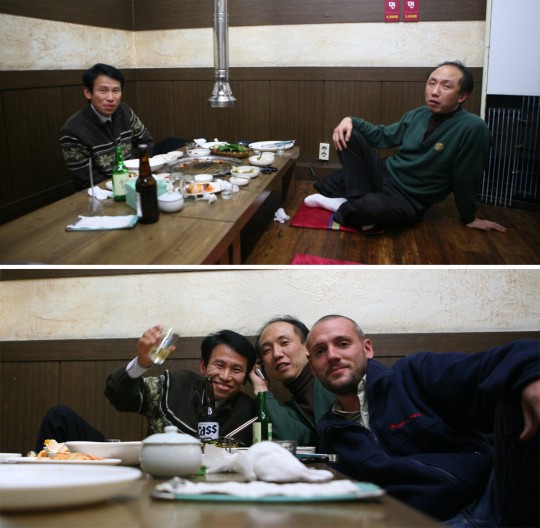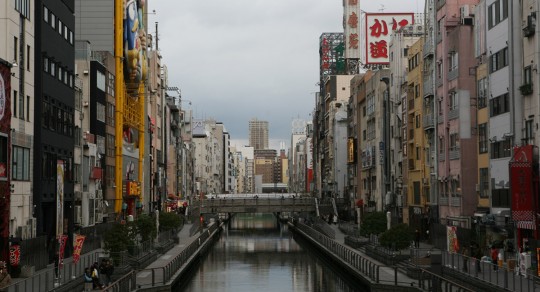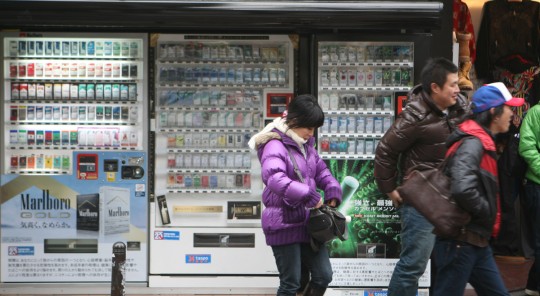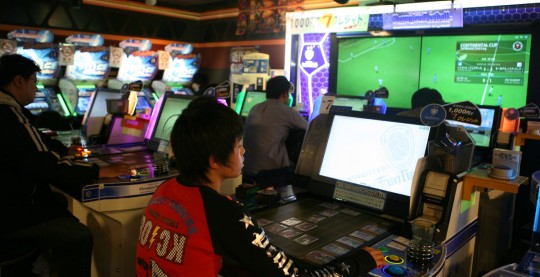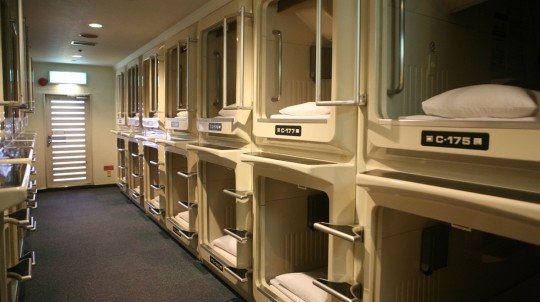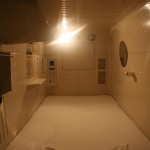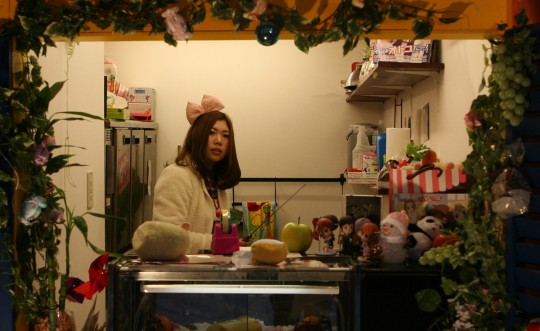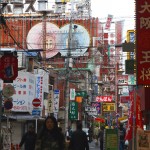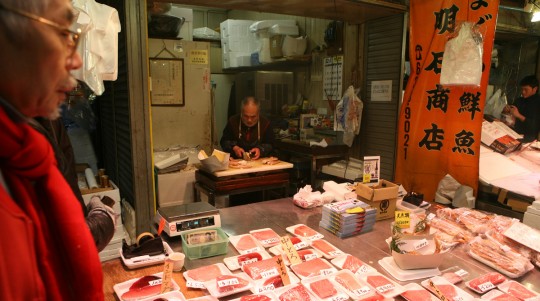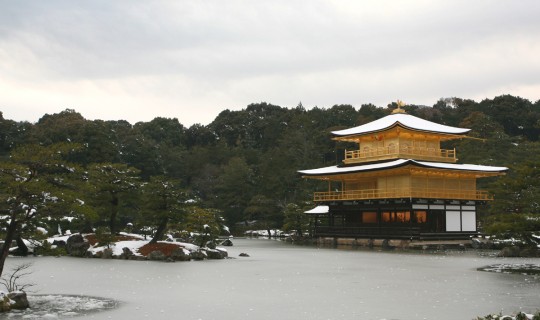
I have to say, I don’t think the picture I took in Japan really reflect the beauty of the country. But I will still try to share these images with you, and you will have to use your imagination. In my last post, I was still in Osaka, on my way to Kyoto. Later on, I arrived in Tokyo where I spent five days visiting the city. Since, I made it back to the United States and I am in Los Angeles since Saturday. My American adventures will be for the next post, but I just wanted to let you know, dear readers, that I was back for good in the USA.
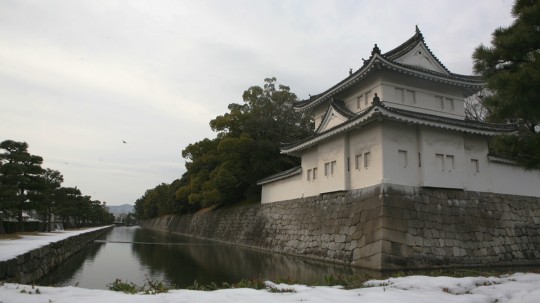
When I arrived in Kyoto, I check-in a small “Ryokan”. A Ryokan is a traditional local accommodation, similar to a guesthouse and nicer than a hotel, as it allows you to sleep in an old wooden Japanese house and benefit from the knowledge of the family running it. (Guesthouse Roujiya , 3,000 yen per night in a dorm)
I stay two nights in the city, and most of the time I am out in the snow visiting temples and the oldest neighborhoods.
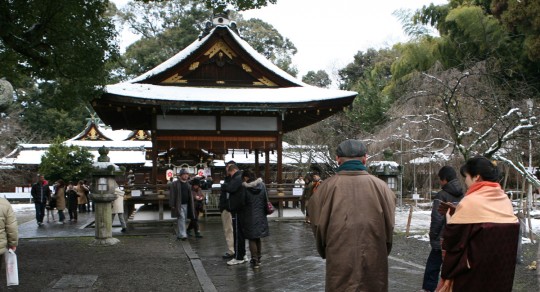
Even so it is cold, I am lucky to visit these sites in the wintertime. It is really stunning to be able to enjoy the view of the temples, shrines and lakes under the snow and frozen in ice. This is really something to not miss and I am glad I decided to stop by Japan even so I am without my trusted vehicle. The fact that the country was closed to the outside world for so long really helped Japan to develop an architecture, a culture and way of living very different from the rest of the world.
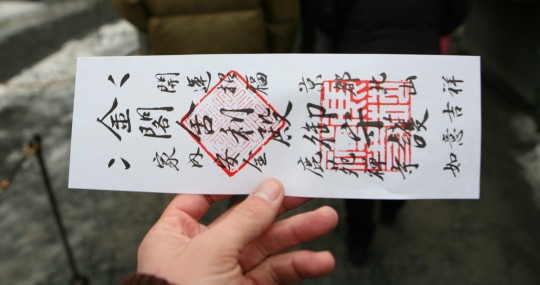
The first day I spend visiting some temples in the heart of the city. The most gorgeous to discover is probably the Kinkaju-Ji with its gold hall seeming to float on a lake. The evening, as all the others night, I spend time finding cheap restaurants. Food prices are high, and as I mentioned earlier, you cannot find accommodation at least than US$30 in the country.
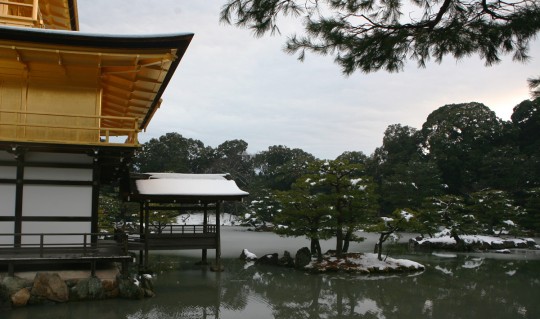
The second day I go for a hike up in the hills in the city periphery, in the area called Arashimaiya. There also, the snow covers trails and bamboo forests. It is a very peaceful walk uphill, which concludes with the Adashino Nembutsu-Ju temple where thousands of statues cram the ground.
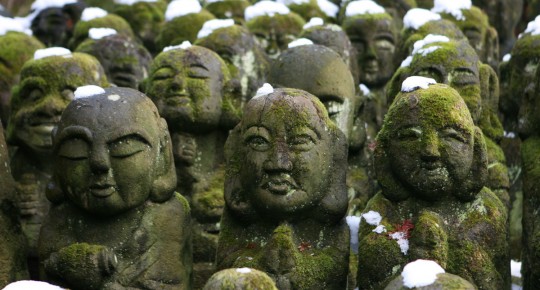
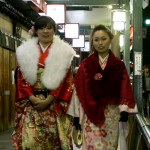
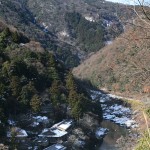
Kyoto at night is charming as well, especially the east part of town where the historical center lays. In the Gion district, it is easy to get lost in the narrow alleys packed with old houses and traditional restaurants. Once in a while you can spot geishas, who are women dressed traditionally and trained to entertain men with conversation, singing and dancing.
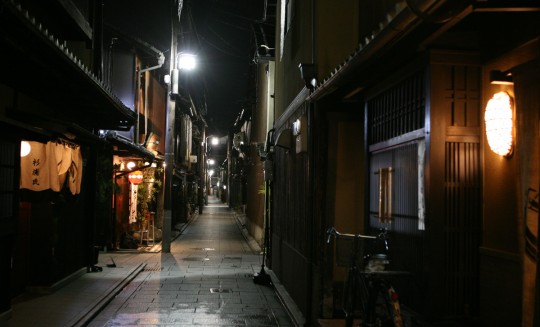
As always, people are very nice, and I meet residents quickly in one of the hole-in-the-wall restaurants. Soon I am sharing drinks with smiling strangers and ordering food by pointing to dishes I see on people’s tables.
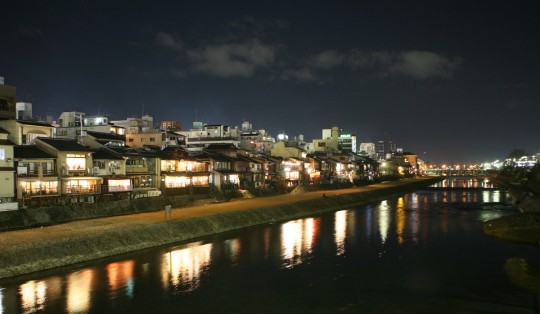
The long-distance buses are all full because of the New Year’s holidays, so I have no choice but take a ticket in the bullet train leaving frequently for Tokyo. At $150 it is costly, but it is also a very convenient way to cover the 500 km (315 miles) between the two cities. There’s a train leaving every seven minutes, and in less than two-hours-and-a-half, I reach the capital.
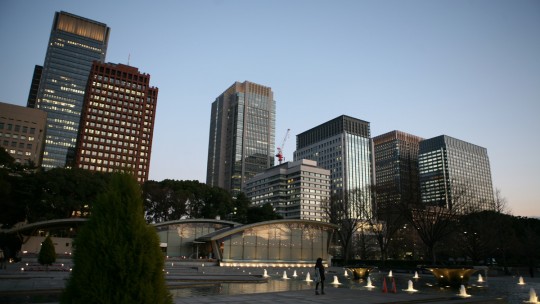
This is an experience by itself to take one of these trains reaching speeds of 300 km/h (188mi/h). Even with such frequency, the train is crowded and I have to stand for much of the trip. We can only wish the train system would be similar in the U.S. The landscape north of Kyoto is stunning
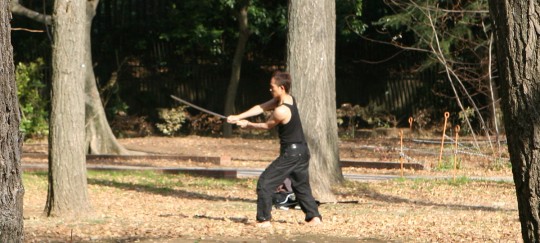
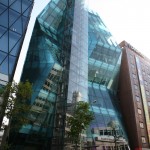
In Tokyo I use the modern subway to reach my guesthouse (Sakura Hotel, 3,150 yen a night) and discover the dorm where I will stay for the next few days. From there, I leave every morning to explore the city neighborhoods. It is an interesting place, and I find it quite difficult to select the places to discover at first because of the city many centers. Regardless, it is great to go back and forth between the modern and traditional areas and spend time in the many parks. I meet David – a Canadian guy – at the guesthouse, and we go together to discover the city restaurants and bars.
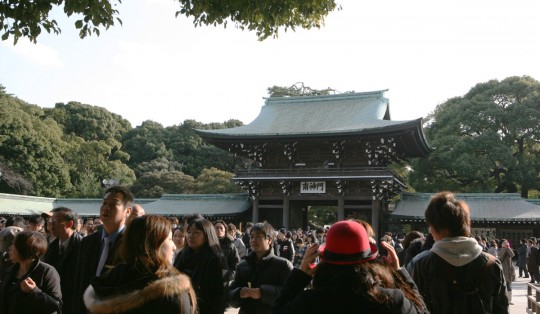
The temples are crowded due to “Shogatsu”. This is the most important holiday of the year, and families gather together to visit shine and temples. The tradition is to go to at least three of these places, and there are long lines you can spot from far away all over the city.
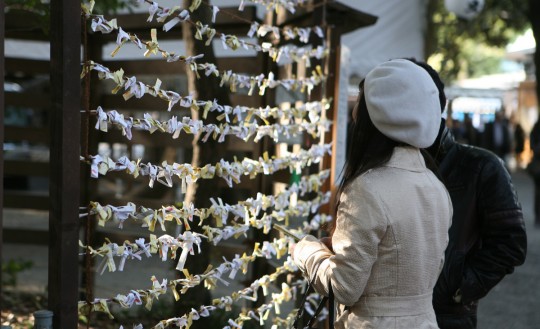
People pray and read their fortunes on pieces of paper they find in wooden boxes near the shrines. Then they tie the paper in knot on lines outside the temple.
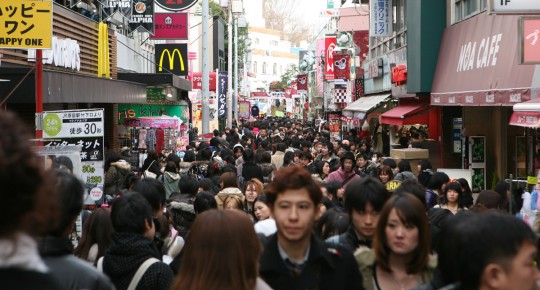
But everything is not a traditional sight in Tokyo, and young people know how to have fun. You can spot many of them around Shibuya where you can barely walk down the streets packed with people in their twenties wearing fashionable clothes.
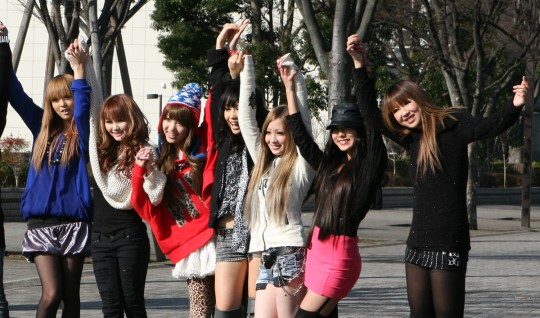
I frequently end up at nightfall in the Golden Gai area, a network of small alleys packed with tiny bars and small restaurants. Many businesses there don’t accept foreigners, but if you hang around long enough, you can find fabulous places.
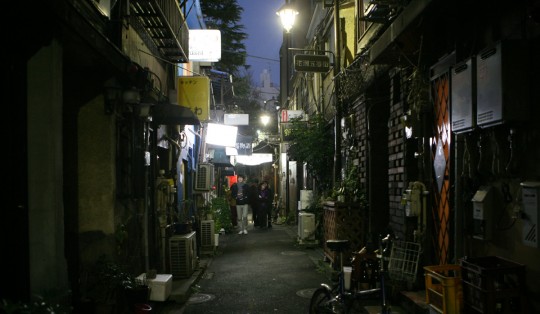
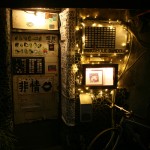
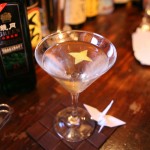
With my new friend, we can spend hours there speaking with locals. Japanese are very kind people, and the younger ones tend to speak more English. We are very curious about the intriguing culture of the country and we never stop asking questions on subject as crazy as ninjas… Nights finish after the last subway and we walk for hours to go back to the hotel and avoid the horrendous taxi fees.
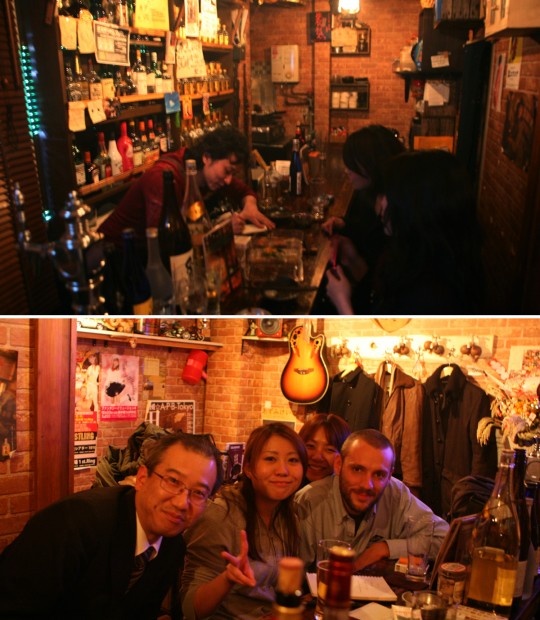
What we learn is that ninjas – and Kunoichi their female counterparts – were some kind of mercenary spies who probably disappeared in the 18th century. The barman explains everything about them to us, and even creates an original ninja cocktail to conclude the night. Few days after I would come back and noticing he was serving this new cocktail to other clients. This is how you leave your mark in a country.
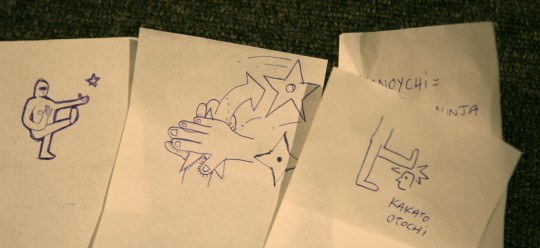
Soon it is time for me to prepare my bags. Sadly this is the last foreign country I will be before going back home. Of course there are mixed feelings about going back, but I try to not think about it much. One of the followers of the blog, Scott, found a way to get me a very cheap flight ticket to Los Angeles arriving during the week-end and I say good-bye to Asia as my plane take-off in the afternoon.
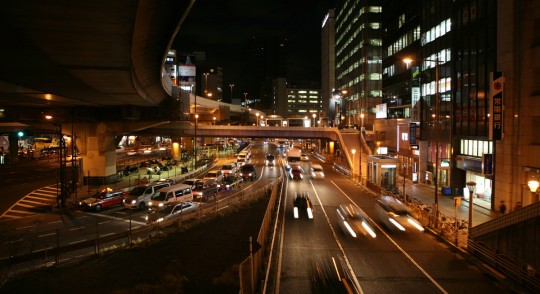
Later during the week I hope to update you about my trip back to the western world, so stay tuned!
